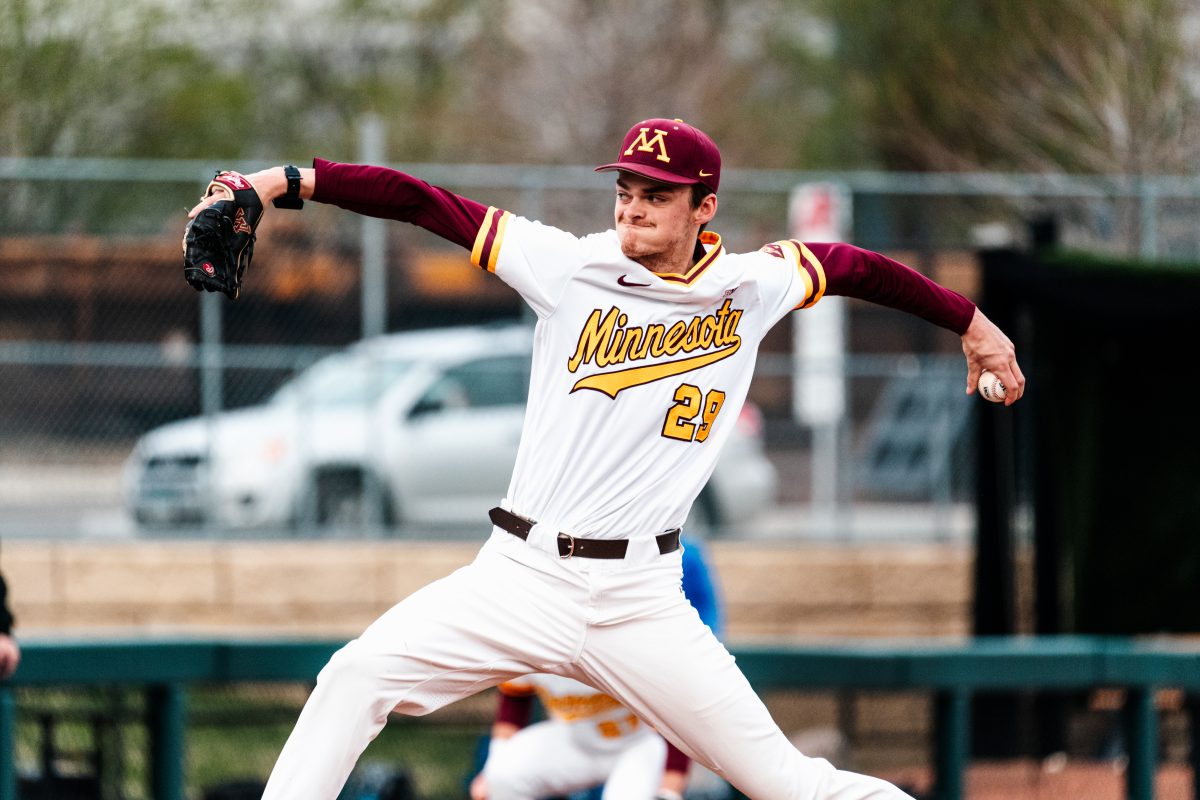As a columnist, I have a great opportunity to present opinions that college-age readers might not otherwise consider. In a similar light, readers have an opportunity to read opinions from multiple columnists in this paper.
As much as I respect the opinion of my colleagues, I want to offer a rebuttal against two recent columns regarding parking access. The bottom line: We don’t need more parking, nor do we need more vehicle space around the University of Minnesota campus.
In a Feb. 17 column, Ronald Dixon argued that vehicular commuters are treated unfairly at the University of Minnesota and should be allotted greater priority in the transportation food chain. His personal accounts based on his need for driving to and from campus are compelling — truly, driving is a reality for many individuals.
Although I agree that the University shouldn’t outlaw automobiles and traffic lanes entirely, I think the University prioritizing other modes is appropriate. In the University Campus Master Plan, one of the main guiding principles dictates that the school should “integrate transportation systems to emphasize pedestrians, bicycles and transit.” This newfound, urban-friendly priority goes against the automobile-based tradition that has dominated cities for the past half-century.
Because so many people must drive to campus, the University Parking and Transportation Services department rapidly expanded parking in the past few decades. Under the leadership of recently retired PTS Executive Director Bob Baker, the University built six large parking ramps to help meet demand. More recently, however, University officials realized that building more parking on campus is unfeasible with the land available, and that more parking simply attracts more drivers.
In an interview with the Daily, Baker noted the relationship between parking and driving.
“You simply cannot build your way out of parking demand,” Baker said in June 2013. “We quickly discovered that we really needed to change our message and tell people to leave their cars at home and to look for alternative transportation methods.”
This observation relates directly to the transportation policy the University now wants to employ. If the University truly wants to decrease driving to campus, the amount of parking should be limited. Basic economic supply and demand philosophy states that a restricted supply and constant demand will increase prices. Therefore, parking prices need to stay relatively high in order to manage the amount of vehicles traveling to and from campus.
Even with the restricted parking, cheap rates are available if students are willing to look. The lots near TCF Bank Stadium and the Minnesota State Fairgrounds charge a reasonable $4 daily fee, and some offer a discounted $2.50 daily rate for carpools.
In a similar token, Daily columnist Connor Nikolic recently discussed why the University area should invest in off-street parking to alleviate the present on-street situation (“U has too little off-street parking,” Feb. 25). Nikolic said in light of the current brutal winter conditions and the tight streets in Dinkytown, the city should invest in new off-street parking and widen the neighborhood streets to create easier access for motorists.
Even though the idea of temporarily reducing vehicular traffic and congestion is a nice thought, I disagree with Nikolic’s sentiment. Larger streets and more off-street parking will only exacerbate an existing traffic problem and incentivize higher driving speeds, endangering the safety of neighborhood pedestrians and bicyclists.
First, we need to forgive this unbelievably terrible winter and its slippery conditions. Parking is certainly tighter than before with the new odd-side parking restrictions, but it’s imperative to remember this is temporary. Thankfully, the restrictions have made driving on the smaller Dinkytown streets easier, so the chaotic game of chicken will likely end soon.
Aside from the snow, there’s not much room to expand around the tightly packed area around campus. For this reason, land is usually more valuable than it is in the expansive suburbs. Any additional parking would likely mean taking away from something else, like current housing stock. This would not be in Minneapolis’ best interest, as razing buildings solely for parking would eliminate property tax base.
Widening the streets would have the same effect: The city would have to eliminate or reduce buildings and sidewalks in order to accommodate vehicles. The wider streets would also be more treacherous for pedestrians trying to cross. Automobiles are necessary for some, but they can be seen as a detriment in dense urban environments.
Dixon and Nikolic bring up solid points, but as a self-admitted urbanist, I fundamentally disagree with the idea of expanding parking and roadways near campus. Thankfully, this column is also just an opinion, and the real world operates somewhere in between all our ideas.










